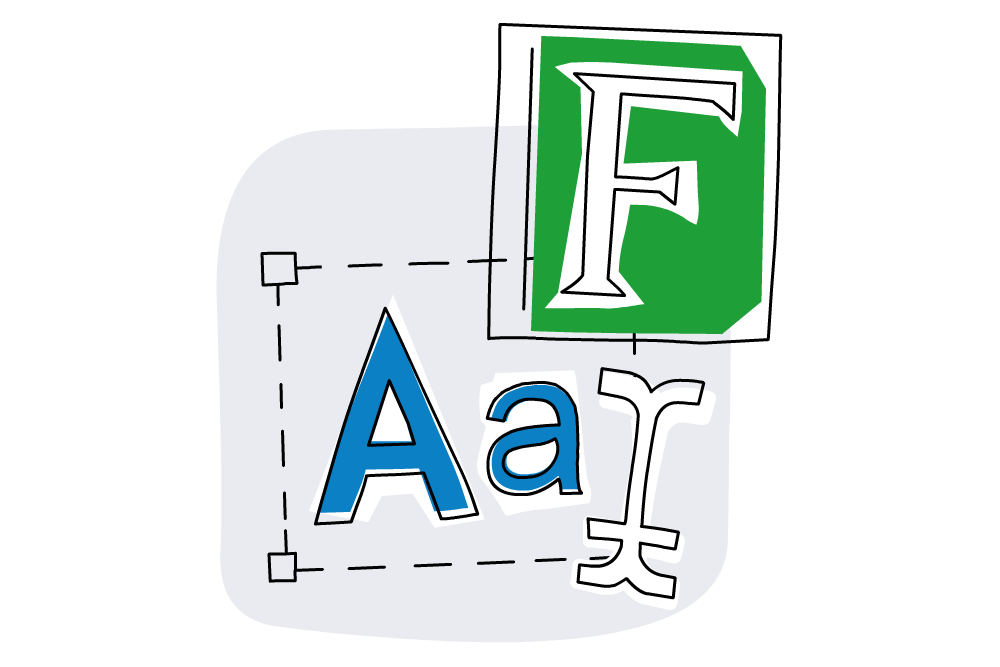
Instructional Design Guide Part 3: Design for Impact
This article also appears on LinkedIn as part of our Instructional Design, Reinvented series.
So far in our series, we’ve explored the mindset shift behind modern instructional design and the practical toolkit that supports agile, learner-first development. Part 3 of our instructional design guide focuses on creating engaging, practical eLearning through microlearning, gamification and concept-driven content.
Once the mindset is in place and the tools are understood, the next question is this: How do you create learning that actually sticks?
It’s easy to fall into the trap of doing what looks good or “covers the content.” But real instructional design is more than compliance – it’s about connection, application, and change. That’s where smart design techniques come in.
In this part, we’ll explore three of the most powerful ways to elevate learning design:
-
Microlearning – small, purposeful pieces that respect time and attention
-
Gamification – building challenge and motivation into the experience
-
Concept-driven design – making learning meaningful through big ideas
These aren’t trends. They’re strategies and when used together, they lead to learning that’s clear, motivating, and memorable.
Microlearning: Designing for Real Life
Today’s learners are busy, mobile, and often overwhelmed. Long modules with heavy content just don’t land like they used to, if they ever did.
That’s why microlearning has become a go-to approach: it’s small by design, but big in impact.
What is Microlearning?
-
Short: 3–7 minute learning “bursts”
-
Focused: One clear goal or action
-
Accessible: Mobile-friendly and self-paced
-
Just-in-time: Delivered when it’s needed most
This works brilliantly in Articulate Rise, where you can create clean, digestible blocks that learners can access on any device. In Storyline, you can build compact, interactive learning moments that live inside a larger learning journey.
Examples:
-
A quick visual explainer on how to report an incident
-
A short interactive checklist to prep for a team meeting
-
A scenario-based challenge about handling a customer objection
-
A recap quiz learners can repeat to reinforce knowledge
Tip: Think of microlearning as a single useful answer, not a whole lesson. If you can say, “After this, you’ll be able to do one thing better,” you’re on the right track.
Gamified Learning: Designing with Motivation in Mind
Gamification is more than just points and badges, it’s about tapping into what makes learning engaging and rewarding.
When we apply game principles to learning, we invite learners to:
The good news? You don’t need to be a game developer. Storyline gives you everything you need to create smart, simple game-inspired learning, no code required.
Foundational Game Elements You Can Use Today:
-
Progress bars – show learners how far they’ve come
-
Unlockable content – release new content based on performance
-
Feedback loops – let learners see the result of their choices
-
Achievement messages – celebrate completion or mastery
-
Choice-based navigation – allow learners to explore in their own order
These elements add structure, motivation, and a sense of purpose to even the most straightforward content.
Taking Gamification Further: Game Mechanics in Storyline
For those ready to explore more interactive design, Articulate Storyline gives you the power to build truly engaging, gamified experiences with tools like triggers, layers, states, and animations.
Here are some higher-level gamification ideas you can implement:
1. Time-Based Challenges
Create timed scenarios using triggers and countdown timers.
-
Example: Learners must complete a safety checklist before a simulated alarm sounds.
-
Use: Timers, layers, and feedback states to show urgency and success.
2. Drag-and-Drop Simulations
Simulate real-world tasks with drag-and-drop interactions.
-
Example: Match equipment to correct worksite zones; receive feedback after each placement.
-
Use: Drag-and-drop freeform, feedback layers, and states to reinforce accuracy.
3. Progressive Story Scenarios
Build a branching narrative with multiple endings based on learner decisions.
-
Example: Learners step through a day on the job, making choices that lead to varied outcomes.
-
Use: Variables to track choices, conditional navigation, and character state changes to reflect consequences.
4. Animated Scoreboards
Display score or progress using animated visuals (e.g., dials, bars, stars).
-
Example: A quiz shows learners how many “safety stars” they’ve earned based on their responses.
-
Use: Variables plus motion paths or state changes to visually display achievement.
5. Find the Error Games
Design a visual “spot-the-risk” activity using hover states and lightbox feedback.
-
Example: A photo of a construction site contains five hazards. Learners click to find them.
-
Use: Hover states, hidden layers, and fun sound effects for feedback.
Each of these can be created with Articulate Storyline’s built-in tools and while it might take some experimentation, once you try it, you’ll see just how far you can push what a course feels like.
Concept-Driven Design: Learning That Means Something
Have you ever built a course full of solid content, only to find it just didn’t “click” with learners?
Often, that’s because it lacked a unifying idea, something that pulls everything together, makes the content meaningful, and creates a sense of purpose.
That’s where concept-driven design comes in.
Instead of starting with content or objectives, you start with a core concept, an idea that matters, that resonates, and that gives learners something to hold onto.
What It Looks Like:
Let’s say you’re creating a course on workplace wellbeing.
You could just list policies and practices.
Or, you could centre the whole experience around the concept:
“Wellbeing starts with awareness.”
Every interaction, reflection, and scenario then becomes part of exploring and reinforcing that idea:
-
A self-check quiz: “How aware are you of your stress signals?”
-
A reflective activity: “What does awareness look like in your day?”
-
A mini-scenario: “Notice the signs in this colleague’s behaviour”
Now the learning feels intentional, connected and more likely to stick.
How to Use This Approach:
-
Name the big idea at the start of your design process
-
Build activities that explore it, not just explain it
-
Use stories, metaphors or visuals to bring it to life
-
Repeat and reinforce it across different formats (text, video, scenario)
This works beautifully in Articulate Rise too, create a series of short lessons, each aligned to a sub-theme of the big idea. Use headings, callouts, and recap questions to echo it throughout.
Bringing It All Together
When you combine microlearning, gamification, and concept-driven design, something powerful happens:
-
The content gets shorter but the meaning goes deeper
-
The experience becomes active not passive
-
The learner feels in control and wants to continue
And that’s when learning moves from obligation to opportunity.
Design Reflection: Ask Yourself
Before you publish your next course, pause and ask:
-
What’s the one thing I want them to remember?
-
Could this be a 5-minute lesson instead of a 30-minute one?
-
What challenge or story could I add to help it feel real?
-
Is there a way for them to choose their path or explore?
-
Is there a theme or idea tying it all together?
You don’t have to include everything. You just have to include what matters and design it in a way that connects.
Want to explore more?
This is Part 3 of our Instructional Design, Reinvented series – a practical guide for new eLearning designers using Articulate Storyline and Rise.
Catch up on the previous posts or see what’s coming next:
Part 1: The Great Shift – Why instructional design needs a new mindset
Part 2: Agile, Creative and Learner-Led – Modern methods that move fast
Coming soon: Part 4 – Real-world examples and tools using Rise & Storyline
B Online Learning has been helping teams create impactful digital learning for over 20 years. Whether you’re building skills through our Certified Articulate training or need help designing standout eLearning, we’re here to support your journey.
📩 Contact us | 🎓 View upcoming workshops | 🛠️ Explore our content development services
Source link



